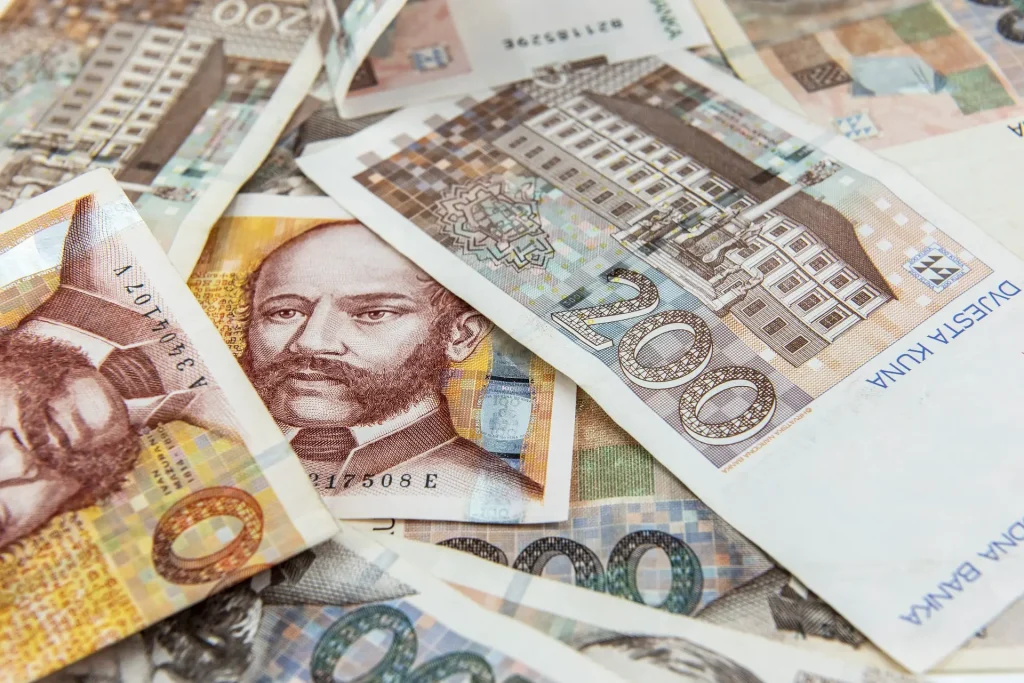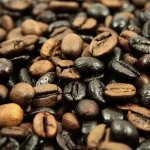As Novac/Jutarnji/Marina Klepo writes, back in January 2022, inflation accelerated further, to 5.7 percent when compared to the same month last year, while it was 0.3 percent on a monthly basis, according to the CBS. As such, the December (2021) record of 5.5 percent was exceeded and inflation reached its highest levels in Croatia since way back in October 2008. As was the case in previous months, the rise in prices is led by energy and food.
Pressure on Croatian food prices began back in the middle of last year due to developments on global markets, and partly due to unfavourable conditions here on the domestic market. In January, food and non-alcoholic beverages were as much as 9.4 percent more expensive than they were a year ago, and in just one month, prices jumped by 2.9 percent.
As food makes up a quarter of the average Croatian consumer basket, its impact on the overall level of inflation is also significant – amounting to 2.44 percent. Accelerated growth of energy prices continued, meaning that transport, which is primarily related to fuel, recorded double-digit annual growth of 10.8 percent, with a contribution to inflation growth of 1.59 percent.
In third place is the category of furniture and home furnishings with an annual growth of five percent and a monthly growth of 1.3 percent. Prices in Croatian restaurants and hotels, on the other hand, were 4.7 percent higher back in January and 0.4 percent higher than they were in the previous month of December.
According to the harmonised consumer price index used by Eurostat, inflation here in the Republic of Croatia back in January stood at 5.5 percent. At the same time, the average for the Eurozone was 5.1 percent, and for the European Union (EU) stood at 5.6 percent. The highest inflation rates are still being recorded in the Baltic countries: Lithuania with 12.3 and Estonia with 11 percent. The lowest price growth, on the other hand, has been seen France, 3.3 percent, and in Portugal, 3.4 percent.
In order to mitigate the impact of inflation on the cost of living, the government again administratively capped the country’s fuel prices in early February, and then adopted a comprehensive package of measures worth 4.8 billion kuna, which will apply from the 1st of April. All hopes were that this rapid inflation would be temporary, that prices would slow down in the second half of the year, but Russia’s invasion of Ukraine throws a spanner in the works of all previous forecasts.
“Although price growth is limited by government decisions and administrative restrictions on fuel prices, given recent events in Ukraine and the escalation of the conflict, our projections for this year are exposed primarily to rising risks,” said RBA analysts, who expect an average consumer price growth rate in 2022 of 3.1 percent.
However, the Croatian National Bank (CNB/HNB) has previously warned that inflation could reach 4.5 to five percent this year. As things stand, that assessment could also undergo corrections. Initial estimates by global think tanks suggest that the key effects of the war in Eastern Europe will be higher inflation and slower economic growth.
If oil prices rise to $130 a barrel in the next few weeks and European gas prices to 180 euros per cubic metre, the contribution of energy to average headline inflation could increase, instead of falling gradually as was generally previously assumed. In addition to energy, rising Croatian food prices also seem inevitable, albeit with less of an impact on overall inflation, given that Russia and Ukraine export 25 to 30 percent of the world’s wheat, and Ukraine is also a major exporter of corn.
As such, in the coming months, during the second quarter, it is estimated that in developed economies, the inflation rate could be at least a fifth higher than previously calculated and exceed six percent. However, according to Global Economics analysts, inflation should fall once again later in the year, partly due to base effects, but average inflation levels in developed economies, they estimate, could stay at around four percent by the end of the year.
For more on inflation and increasing Croatian food prices, check out our lifestyle section.












